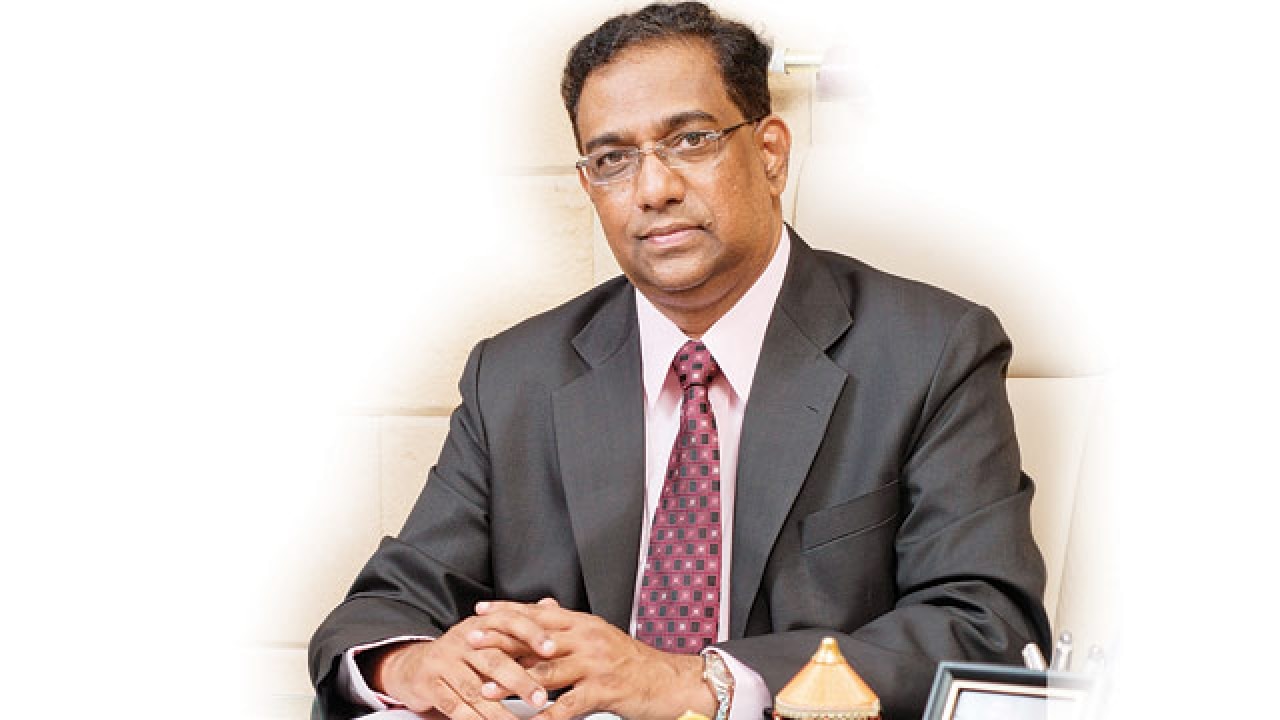
Former dean of KEM Hospital Dr Sanjay Oak is a man of details. During his tenure, he famously replaced bread at the KEM hospital canteen with chappatis to help improve nutritional standards of the hospital’s many poor patients. Dr Oak, who is at present the CEO of Prince Aly Khan Hospital, speaks to DNA on the need for accountability in the public healthcare system.
The public sector is doing a good job considering the scarcity of resources. If quality takes a backseat somewhere, it’s not a choice. Perhaps, in the long run, we can see that only people who need tertiary care come to hospitals. Peripheral infrastructure needs to be strengthened. For more money to be pumped in, the dean needs more autonomy. Most public hospitals have a lot of goodwill, and many people are willing to donate money. Something similar to Special Economic Zones for industries could also help solve the problems in the health sector.
Mumbai’s health budget exceeds Rs 3,000 crore. Transparency on spending will also improve accountability. As a CEO of Prince Aly Khan Hospital, I am answerable to someone on the work done every evening. To ensure that every healthcare worker works within ethical boundaries, you need to monitor them and employ technology for auditing performance every six months or annually. If we can have electoral reforms, what stops us from
making health administr-ation reforms?
When I was the KEM dean, I wanted to see robotic surgery take place there. The cost was around Rs 18 crore, a big amount. Eventually, the private sector was the first to bring robotic surgery to India. The consequence? A surgeon at a public hospital is not exposed to robotics at all. Who suffers? Millions of common people. A way out could be that trade companies and innovators consider giving sustainable, scale-able, low-cost models to training institutes. What you need is a health secretary, who insists that technology should arrive at public hospitals first, to train doctors for the future. During my time as a vice-chancellor of DY Patil University, we would get people from both public and private hospitals for training at its medical stimulation labs. The DY Patil group kept it open for everybody.
We need such public-private partnerships.